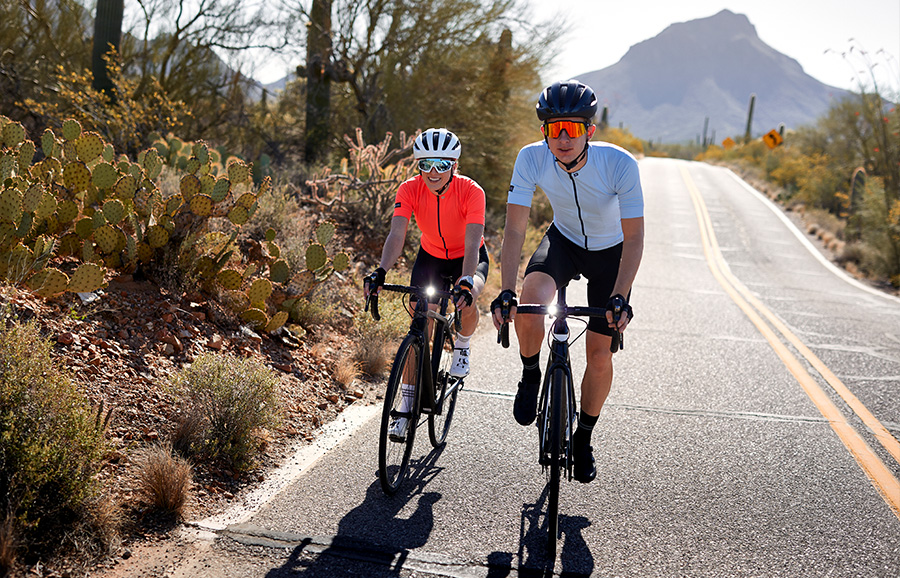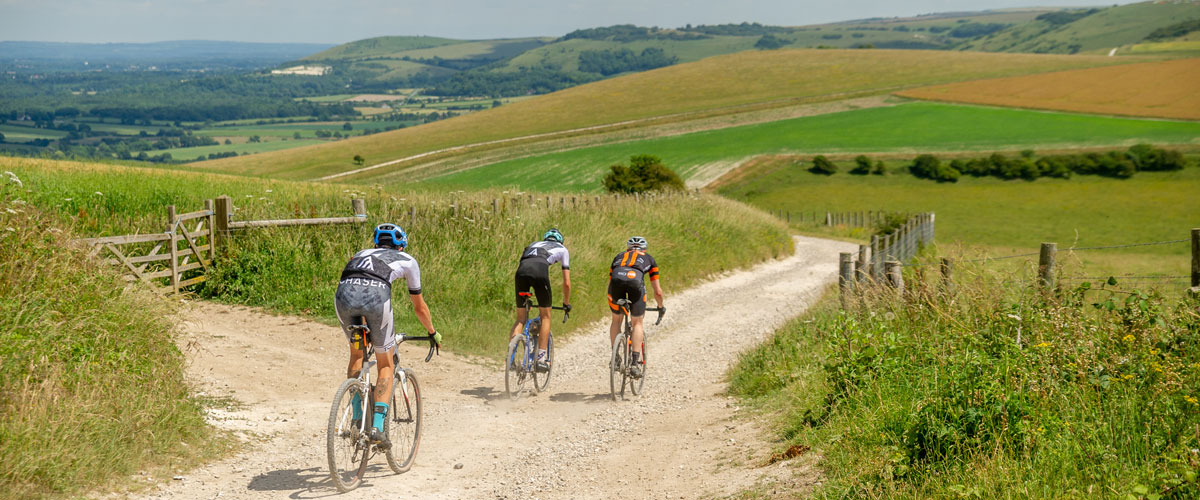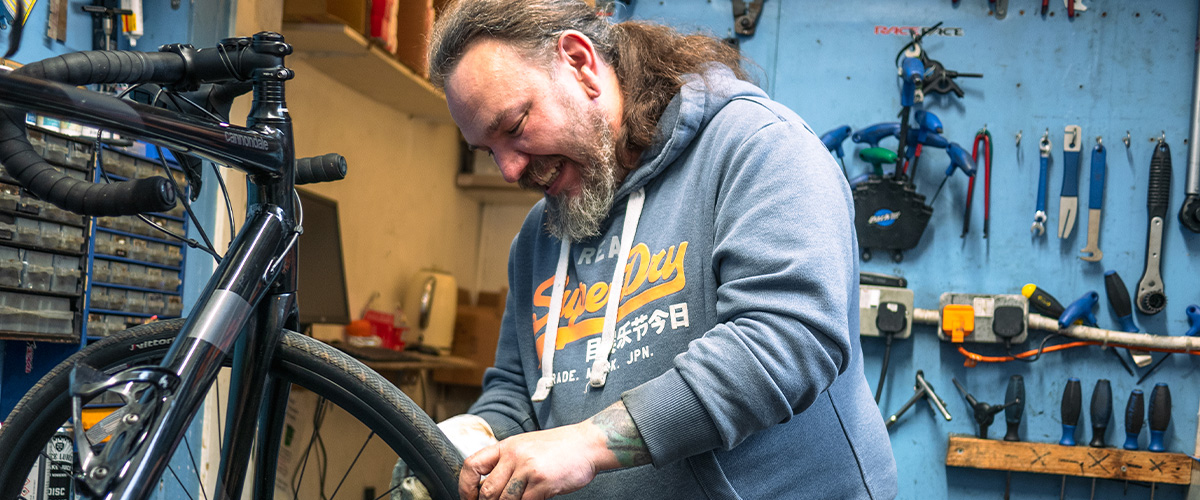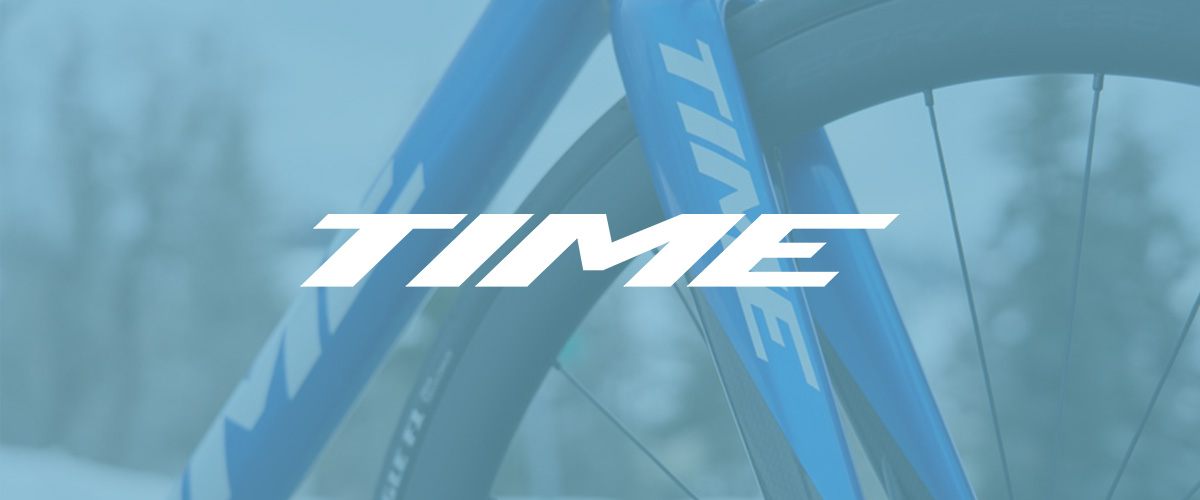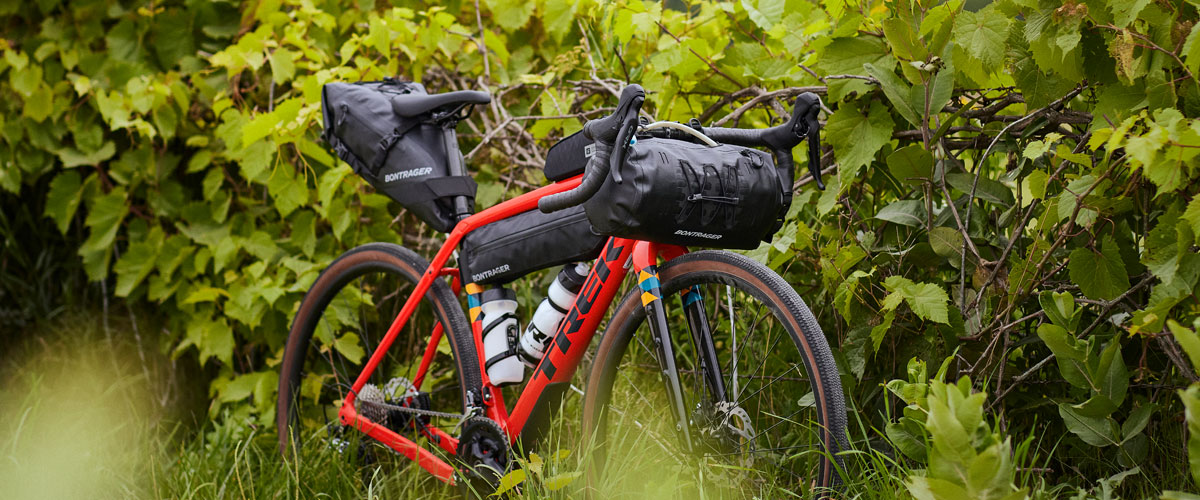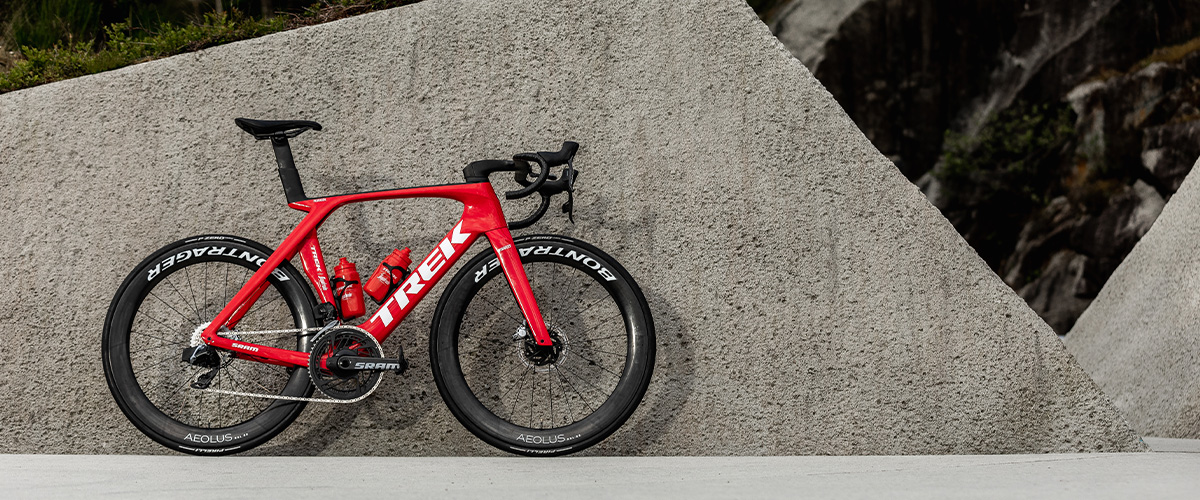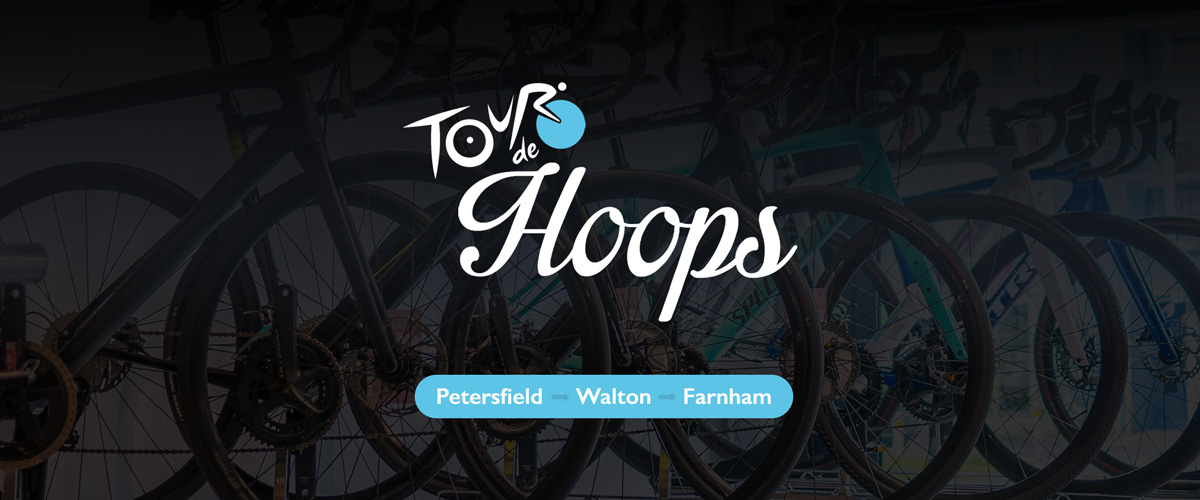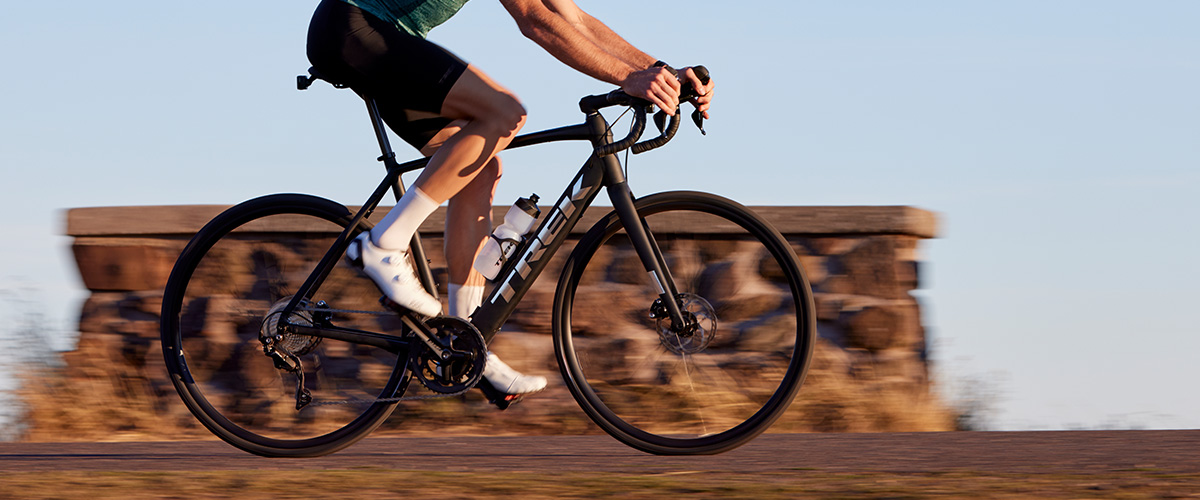Road Cycling: Getting Started
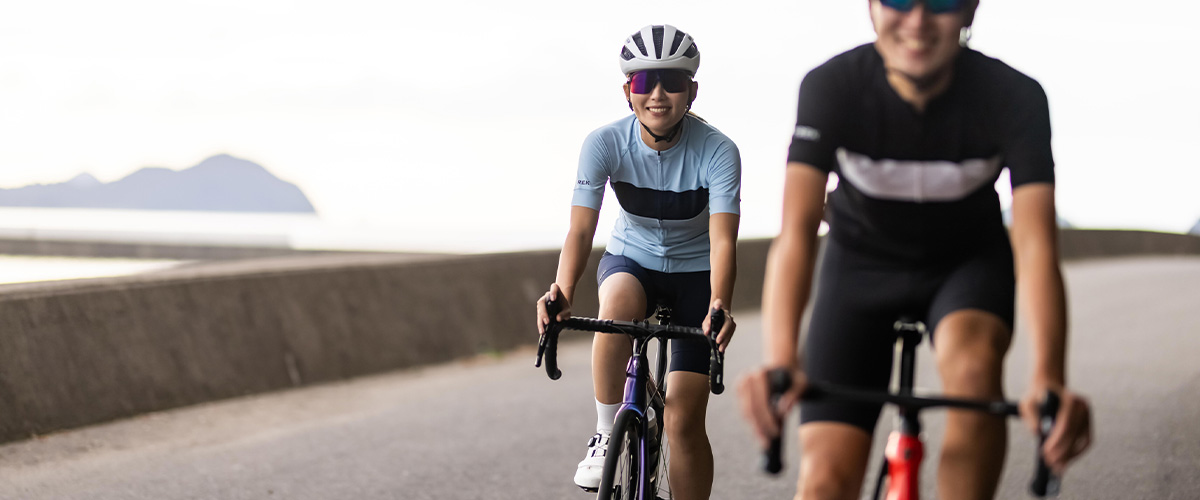
Road Cycling: Getting Started
Road cycling is undoubtedly one of the best ways to improve your fitness, but it’s also a wonderful way to get out there and explore the world! What’s not to like? If you’re just getting into the sport or are keen on getting started, the abundance of information at your disposal can make things quite daunting. To make things a bit more simple, we’ve gathered our essential tips and recommendations that’ll get you riding on the road in no time.
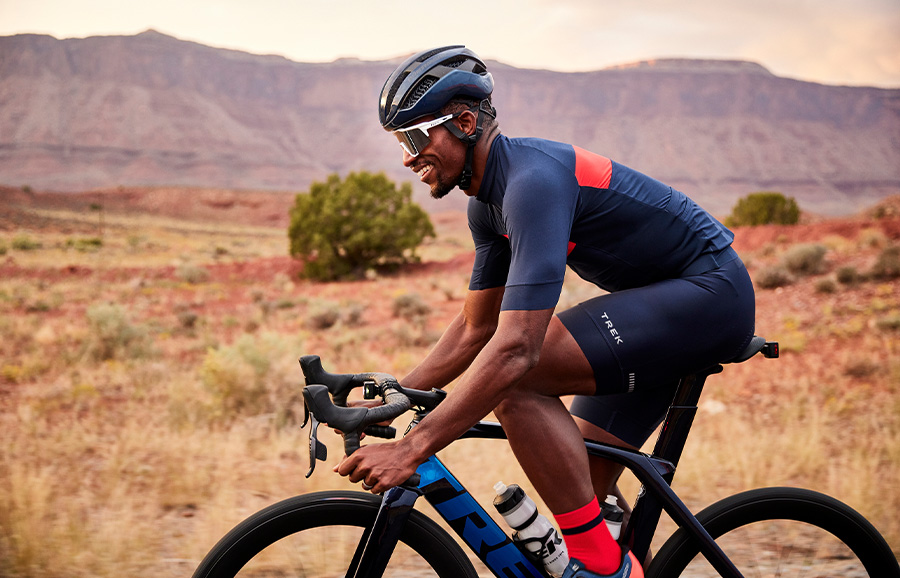
Finding Your Perfect Bike
Everyone’s perfect bike is different, it all depends on your intended use, budget and of course aesthetic preference! Here are a few basic things to consider when choosing your first (or second, or third…!) road bike that’ll hopefully clear things up.
Types Of Road Bike
Not all road bikes are made equal, however, most generally fit into three categories: endurance, aero or climbing, but what does that all mean?

| Endurance Endurance bikes are designed for long days in the saddle, prioritising comfort and efficiency over all-out speed, typically featuring a slightly more relaxed geometry and wider tyre clearance to keep fatigue to a minimum. | Aero When it comes to straight-line speed, aero bikes are the best. Smooth lines and aerofoil tubes ensure these bikes cut through the wind, and a more aggressive geometry means you can get yourself long and low. |
| Climbing Climbing bikes thrive on steep gradients and long mountain climbs, featuring specific tube designs to keep the weight as low as possible. With the low weight and aggressive geometry, these bikes are super responsive and agile, ideal for fast-paced riding! | All-Road All-road bikes aren’t all that different from endurance bikes, favouring comfort over speed, but these will often feature even bigger tyre clearances and will have a much wider range of gears for navigating gravelly terrain. |
Admittedly, nowadays these categories are much more blurred. While this can muddy the waters in terms of pinning down your perfect bike, this freedom of choice means that you don’t have to define your riding with one category, so if you want a comfortable aero bike that can hold its own up a hill, you can do that!
Frame Material
Cyclists have argued about frame material since the very start, but whether you think steel is real or carbon is king, each material has its own benefits!
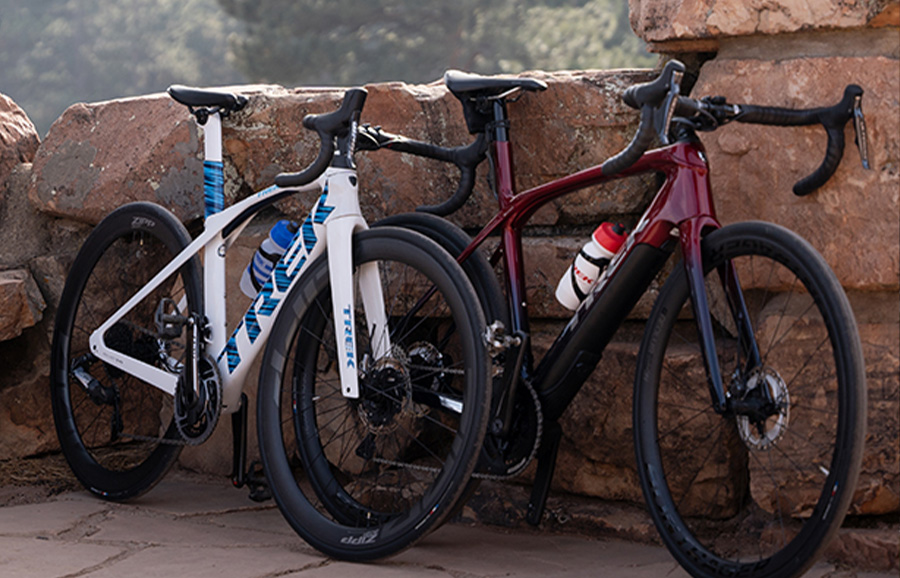
| Carbon Carbon is the material of choice for the pro peloton, as there’s no debating its high-performance credentials: low weight, high stiffness, and highly adjustable to prioritise aero, weight, comfort or speed. This means that it’s great for all avenues of road cycling, whether you’re racing or riding for leisure! | Aluminium Aluminium is a great material choice for budget-friendly bikes, capable of being lightweight and stiff thanks to the magic of hydroforming and there are some serious carbon-beating alloy road bikes out there (Trek’s ALR range and Specialized’s Allez spring to mind!). |
Steel Steel is the classic bike frame material and is the choice of many artisan builders and big brands alike. As the saying goes: ‘steel is real’ – it is the road bike in its truest form. Tradition aside, there are genuine benefits to a steel bike, particularly when it comes to comfort. It's known for its compliance and superb ride quality, soaking up road buzz and small bumps in the road, so while it may be heavier and less stiff than the alternatives, it makes up for it in comfort (and style!). | Titanium Titanium is the black sheep of the family when it comes to frame material, but those that ride it swear by it! Though it may be pricey compared to aluminium and steel, it’s close to the weight of carbon while maintaining the comfort and ride quality of steel – a fantastic option for those looking to strike it in the middle with something a bit different. |
Brakes
This is yet another hotly debated topic amongst the cycling community, and potentially one of the most controversial, so you’re bound to come across plenty of reasons for and against either system. However, the decision can only be made by you, so here’s what you need to know!
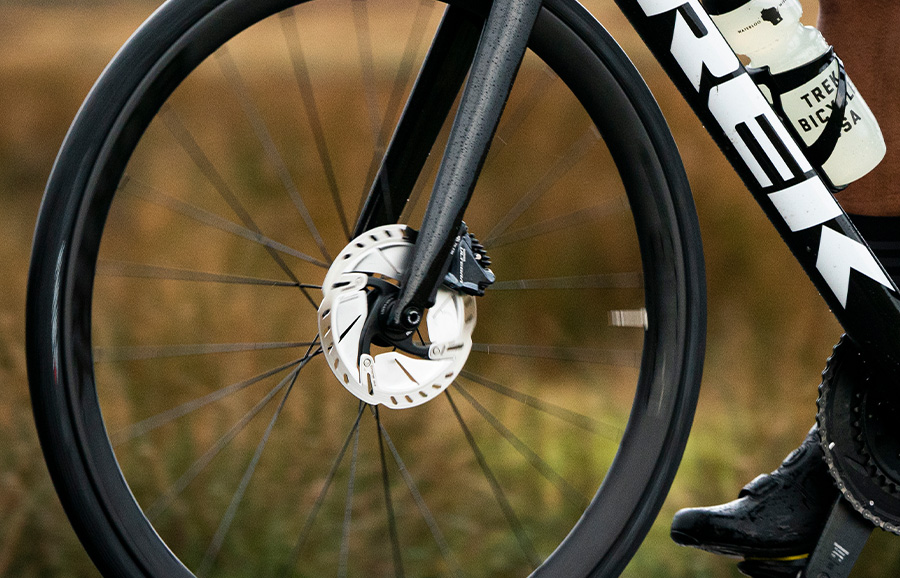
| Rim Brakes These days rim brakes tend to be used on mid- to entry-level bikes, which would imply an inferior design, but things aren’t quite that simple. While they might not win the competition in terms of absolute stopping power, things like ease of setup, simple maintenance and lightweight are where rim brakes shine. The use of a traditional cable means parts can be sourced anywhere, and most home mechanics can will be capable of fitting or adjusting with relative ease. |
Disc Brakes When it comes to disc brakes, it’s important to note that they aren’t all made equal. There are two types: hydraulic disc brakes, and mechanical disc brakes. Hydraulic disc brakes are typically found on slightly more expensive bikes, and use hydraulic fluid within a hose to move the pads inside the caliper rather than a steel cable. This ensures the stopping power second to none, with smooth modulation for controlled braking – the caliper location also means that tyre clearance can be made much wider. However, the setup process is significantly more involved, with home maintenance limited to only the most experienced DIYers – we’d recommend hydraulic disc brake maintenance to be carried out by a trained mechanic. Cable-actuated mechanical disc brakes use the same caliper and rotor system, but with the same traditional steel cable that you’d find on rim brakes. While this keeps costs low and maintenance simple, the stopping power isn’t quite the same. |
Drop Bars
These may be slightly different to the flat bar setups you’re used to on hybrids and MTBs, but it’s for good reason! The nifty curved design allows for a wide variety of hand positions, so whether you’re trying to get low for speed or a slightly more upright and sustainable position on a long ride, drop bars can accommodate it. This goes a long way when spending several hours in the saddle at a time, as switching your hand position gives different muscles the opportunity to have a break and reduce fatigue.
Getting the right bike for you is extremely important, ensuring the right size, fit, and intended use – if you need a helping hand along the way, why not head in-store for chat with our experts? Check out our range of road bikes here.
Kit & Accessories
Getting Comfortable
Yes, the rumours are true – going commando is the norm for most road-going cyclists. While this might sound crazy at first, there is method behind the madness! Comfort on the bike is all about reducing friction, so minimising any extra material in your clothing goes a long way. Cycling specific bib-shorts are made with soft, moisture-wicking materials designed to fit tight to the skin so there’s no excess movement, with a built-in chamois pad to relieve pressure on your sitbones.
If you’re not comfortable with wearing tight-fitting lycra, no sweat! We’d still recommend wearing padded bib shorts, but wearing a pair of running shorts over the top won’t do you any harm, just don’t wear anything under!
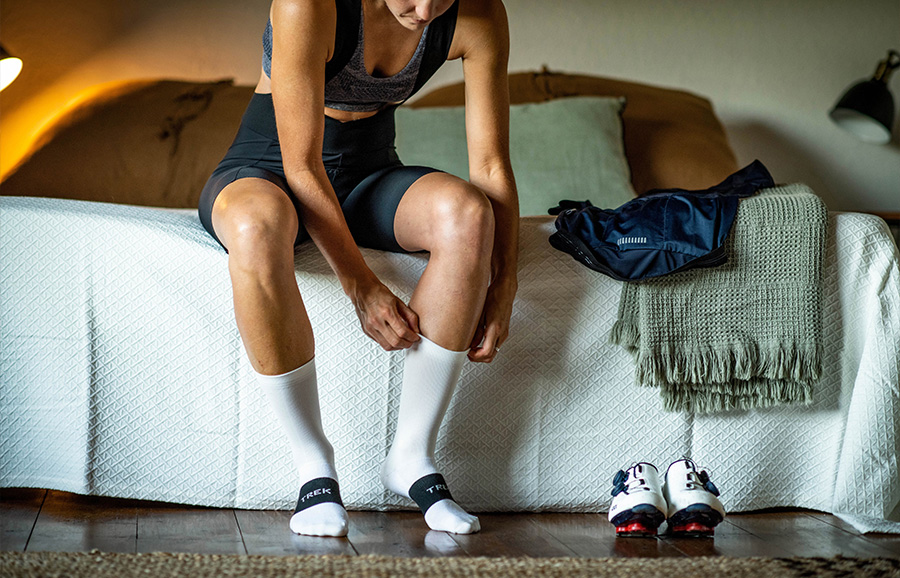
Clipping In
For first time road cyclists, you can’t go wrong with any type of pedals. Your new bike will likely come with flat pedals as standard, which are fine for getting started, but most road riders opt for a cleat system whereby the shoe clips into your pedals. The idea behind this is that it prevents your foot from slipping off the pedals, and enables you to pull up on the pedal stroke for increased power.
These pedals will take some getting used to, and embarrassing tumbles at red lights are almost a rite of passage for road cyclists at this point, but practise makes perfect! If you’re looking to get into road cycling seriously, clipping in is the way to go.
Emergency Toolkit
Punctures and some minor mechanicals are inevitable the more you spend time on your bike, but they don’t always have to be a pain or put an end to your ride! Being prepared will reduce your time spent on the side of the road faffing around. To find out what kit you should take on your rides, check out our blog post all about our Emergency Toolkit essentials!

Staying Safe
Riding on the road may seem daunting at first, but staying visible will give you peace of mind. Bright coloured clothing goes a long way, but the best way to make sure you stand out on the road is by using bike lights, even during the daytime. It can be surprising how much of a punch these tiny LED lights pack, with examples like the Bontrager Flare RT being visible for up to 2km! Intermittent flash patterns catch the attention of other road users, even in daylight.
Building Fitness
Contrary to popular belief, to build fitness your riding doesn’t need to be super intense all the tine – building base fitness is just as important as high intensity. Don’t stress about structure, as long as you’re riding your bike, you’re getting fitter. Get out there and enjoy your rides, but don’t be afraid to get out of your comfort zone from time to time, whether that’s going on your longest ride or beating a PR up your favourite local climb. Setting small goals and targets like these are a great way to build up your fitness, rather than being a slave to a structured interval training regime.
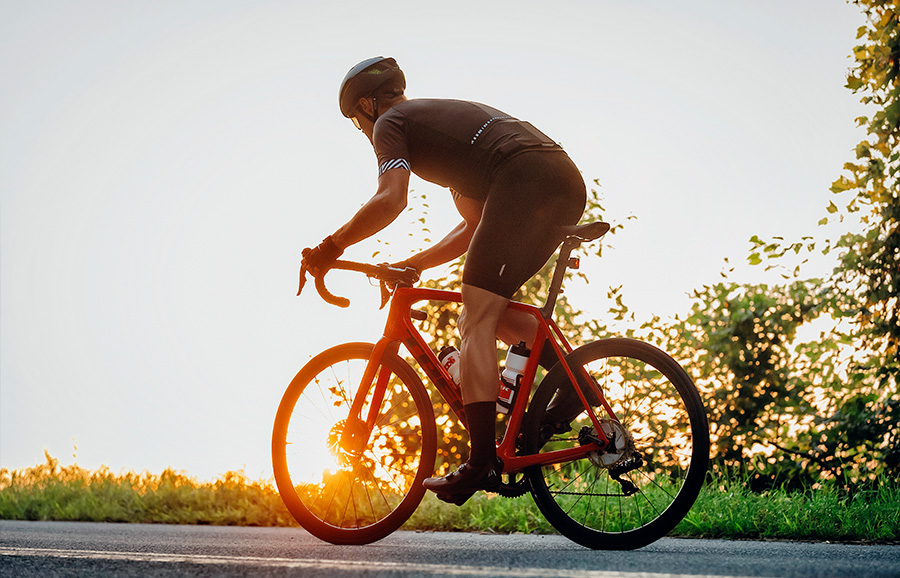
Don’t forget to listen to your body – we’re used to seeing athletes all over the internet smashing targets every single day, and while pushing yourself is fantastic, in reality this isn’t sustainable and overworking will result in too much fatigue (physically and mentally). You know your body better than anyone, if you’re feeling empty before your ride has even started, take a break! A few days off the bike isn’t going to reset your fitness. Simply put: don’t overdo it!
If you’re planning on completing your first century ride soon, read our guide on how to do it here!
Finding Friends
Staying motivated can be tricky at times, what with work and life stresses getting in the way sometimes. However, a great way to build that motivation back is by riding with others! Join your local cycling club – here you’ll find plenty of friendly, like-minded cyclists with lots of knowledge and experience to share and help you through your cycling journey. You’ll discover new routes, gain fitness tips, and make some great friends – what more could you ask for?
